Everything You Need to Know About Shopping for Light Bulbs
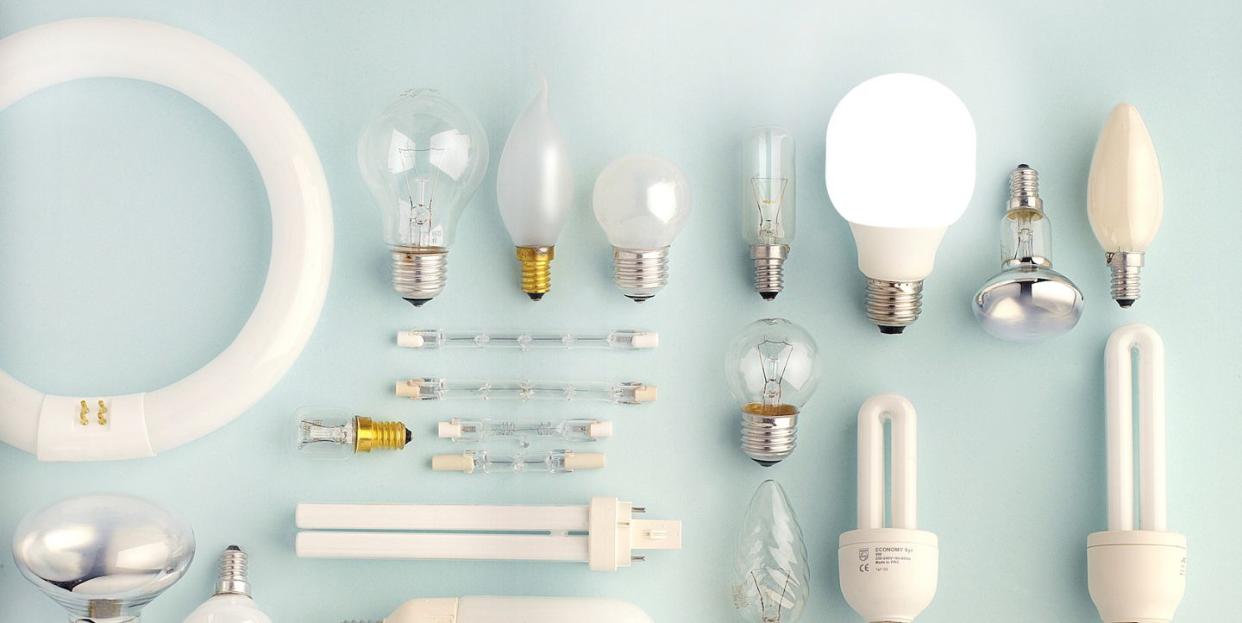
Okay, so we can all agree that light bulbs aren’t the sexiest topic to discuss in the world of interior design. But provided you don’t live in a dungeon, shopping for light bulbs is simply a part of life. With the extensive array of options and confusing technicalities regarding bulb types, picking the right option can be an overwhelming task. That said, using the incorrect bulb type can burn through unnecessary energy, increase your electric bill, or simply disrupt the ambience of your home. Mastering the basics of light bulb types will make shopping a breeze, and can actually change the way you live (and spend).
So watts the difference? Here’s a foolproof guide to help you make sense of it all.
If you know even the smallest amount about light bulbs, chances are you’ve heard of lumens and watts. These two terms refer to the input and output of bulbs.
LUMENS:
Lumens refers to the light output, a.k.a. how bright the bulb is. The more lumens a light bulb has, the more light it omits. It’s important to understand lumens, as this measurement is listed on all light bulb packages. Many experts suggest using this formula to determine how many lumens you need in a space:
Hallways: Square Footage x 7.5
Bedrooms: Square Footage x 15
Bathrooms: Square Footage x 75
Kitchens and Dining Rooms: Square Footage x 35
WATTS:
Watts refers to the amount of energy a bulb uses. Traditionally, higher wattage equals more lumens, which equals more light emission, though this has changed with the increase in energy efficient bulbs (like LED bulbs). When it comes to choosing a light bulb, it’s more important to consider the lumens over the watts.
LED (Light Emitting Diodes):
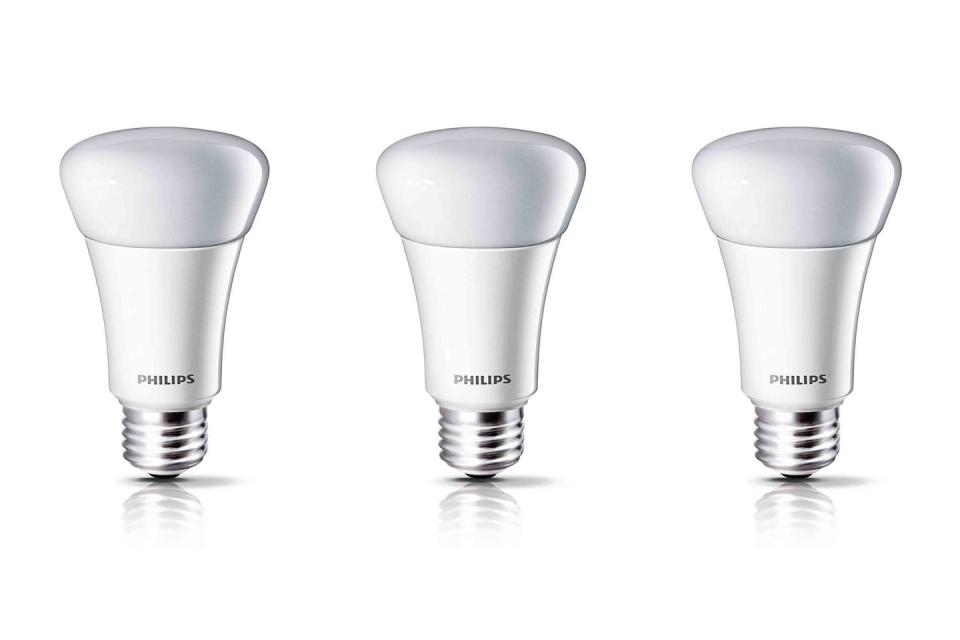
Light Emitting Diodes (LEDs) are one of the most energy efficient, long lasting bulbs, and are available in a variety of beautiful colors to help you set the mood.
Use For: Task lighting, overhead lighting, table lamps, and dimmable lights.
COMPACT FLUORESCENT:
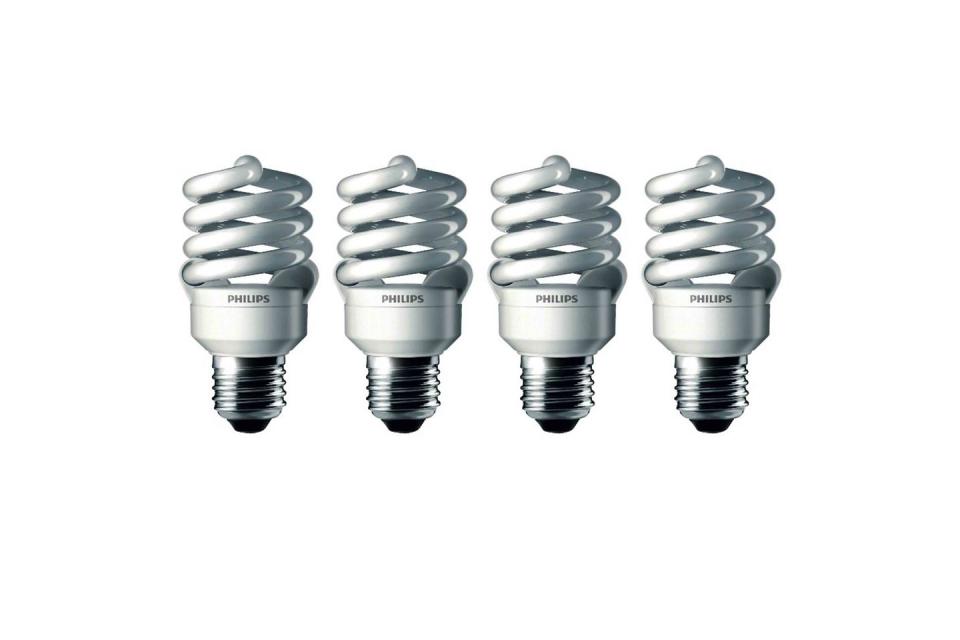
Compact fluorescent light bulbs (the curlycue ones pictured above) are typically low wattage, high intensity lights that are best used to illuminate smaller spaces like a desk or bedside table. These bulbs contain mercury—about 3-5mg—which can be environmentally polluting, and dangerous if shattered.
Use For: Task lighting, table lamps, and reading lamps.
INCANDESCENT:
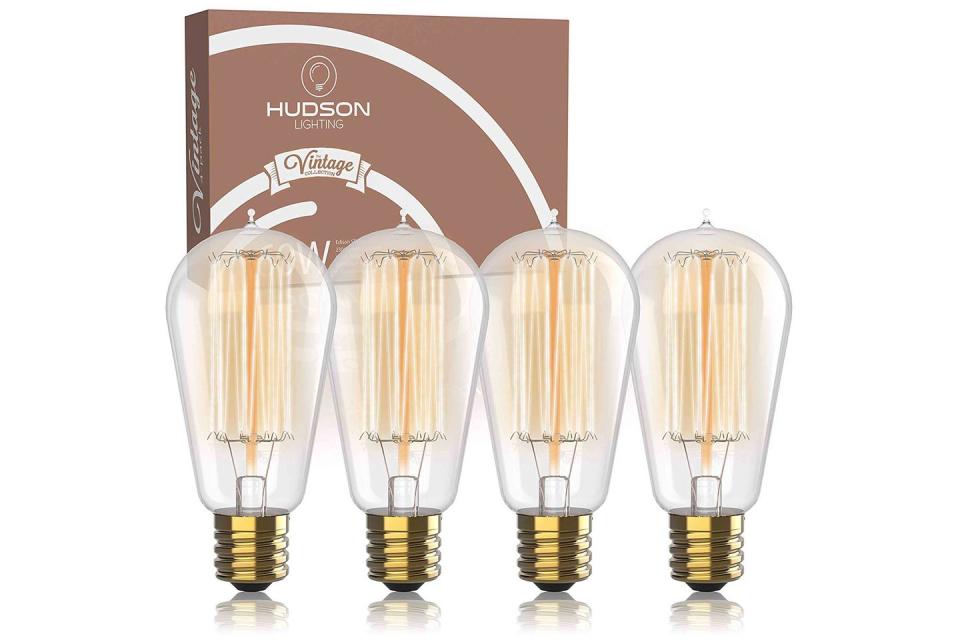
Incandescent bulbs are the least energy efficient and have the shortest lifespan, but are best for color rendering and dimmable lighting. Unlike other energy-efficient alternatives, incandescent lights illuminate via a wire filament, which gets heated to the point that it glows.
Use For: Vanity lighting, dimmable lights, and low-voltage lights.
HALOGEN:
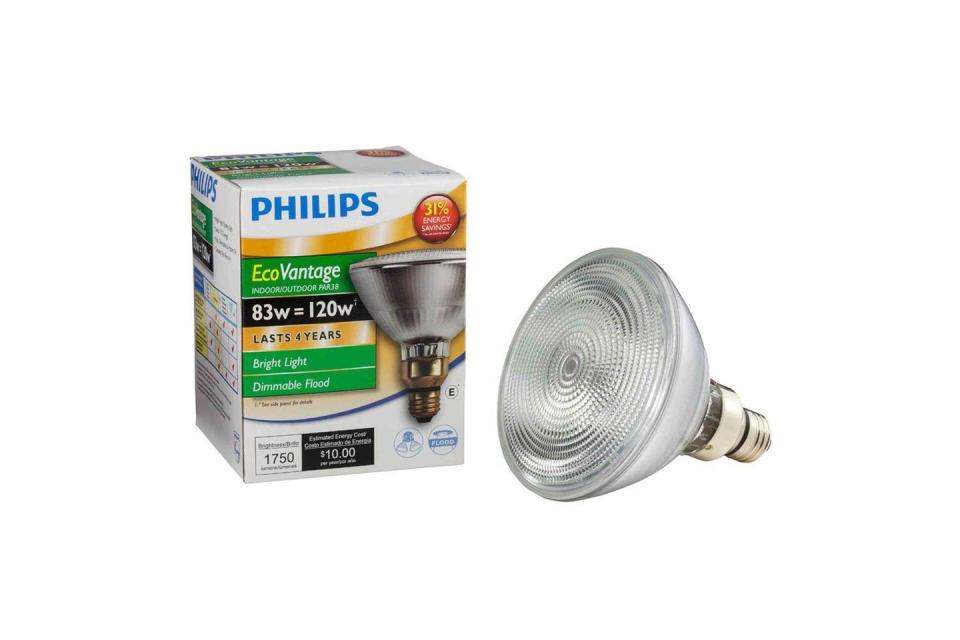
Halogen light bulbs are a type of incandescent bulb, using halogen gas to omit light. They use between 20 and 80 percent less energy than standard incandescent bulbs, and the light they omit is closest to that of natural daylight. They can get extremely hot, and are not recommended for lamps and other smaller fixtures.
Use For: Pendant lamps, floodlights, under-cabinet lighting, and accent lighting.
You Might Also Like

